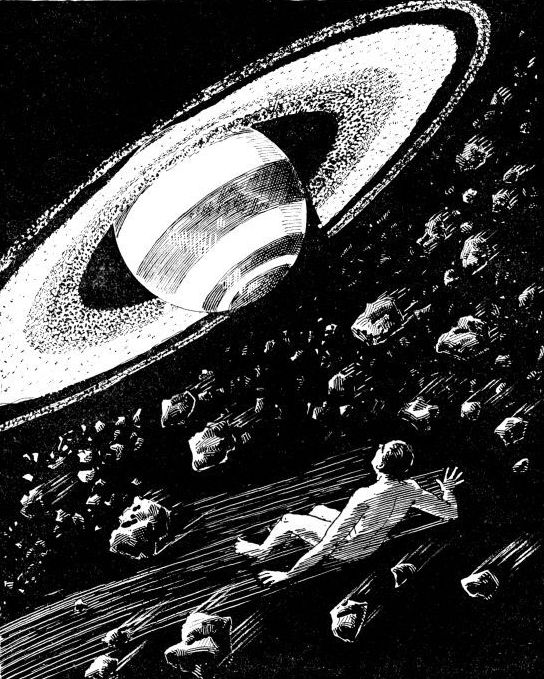“Under the Knife” is a short story by the English author H. G. Wells (1866–1946), first published in the New Review, January 1896, and subsequently in The Plattner Story and OthersCollection of 17 short stories by H. G. Wells, first published in 1897. (1897) and The Country of the Blind and Other StoriesCollection of 33 short stories by H. G. Wells, first published in 1911. (1911).[1] It concerns a man who has an out of body experience while under anaesthetic, in which he is flung into space and sees the universe as merely a speck of light on a ring worn on the hand of God.
Synopsis
The narrator is walking home from a visit to his doctor, Haddon, contemplating that even his closest friends would consider his death merely troublesome. He has been told that he needs an operation to be performed the following day, and has convinced himself that he will not survive it; the procedure is to be performed at the narrator’s home.

Haddon arrives the following morning accompanied by an assistant, and they ready the narrator by anaesthetising him with chloroform. As he falls into unconsciousness the narrator is suddenly overcome by a feeling that he is ill-prepared for death; he yet has some duty to perform, but cannot recall what it might be. After a few seconds or minutes he becomes aware that the doctors have accidentally cut his portal vein and are making great efforts to save him. Then he experiences a feeling “as though some huge human magnet” is drawing him out of his body, and finds himself floating in midair.
With the mass of his body left behind, the narrator no longer feels the attraction of Earth’s gravity, and so floats off out of the solar system and out of the universe. Looking back, he sees “the whole world of matter” as a tiny spot of light, surrounded by a faint cloud. Eventually he realises that the cloud is a clenched hand, on the forefinger of which is a glittering ring, and the entire universe is nothing more than a spot of light on the ring. The hand is holding a black rod.
The narrator then hears the sound of a tolling bell, which seems to come from a dimly phosphorescent circle, and a voice telling him “There will be no more pain”. As the anaesthetic wears off and he recovers consciousness the narrator realises that the circle is the clock in his bedroom, which has just struck twelve, and the black rod is the rail of his bed. “The operation had not killed me.”
See also
- H. G. Wells bibliographyList of publications written by H. G. Wells during the more than fifty years of his literary career.
External links
- Full text of “Under the Knife” at Project Gutenberg
